The national electricity grid in Nigeria continues to grapple with persistent challenges related to reliability and operational efficiency. According to the Nigerian Electricity Regulatory Commission’s September 2025 Operational Performance Factsheet, shared on its official X account, grid-connected power plants operated at an average Plant Availability Factor (PAF) of merely 38%. This indicates that less than half of the country’s total installed generation capacity was actually accessible for power dispatch during that period.
Out of the 13,625 megawatts (MW) installed, only approximately 5,200 MW was generated on average throughout September. This stark disparity highlights the significant gap between Nigeria’s theoretical power capacity and the actual electricity delivered to consumers.
Despite these limitations, the utilization of available power was relatively efficient. The report reveals an Average Load Factor of 78%, demonstrating that most of the operational capacity was effectively dispatched and consumed. Simply put, the demand for electricity among Nigerians exists; the core issue lies in ensuring consistent power availability.
Zungeru, Egbin, Kainji, and Jebba: Pillars of Grid Stability
Although overall generation figures remain underwhelming, four power stations distinguished themselves with commendable performance: Zungeru, Egbin, Kainji, and Jebba.
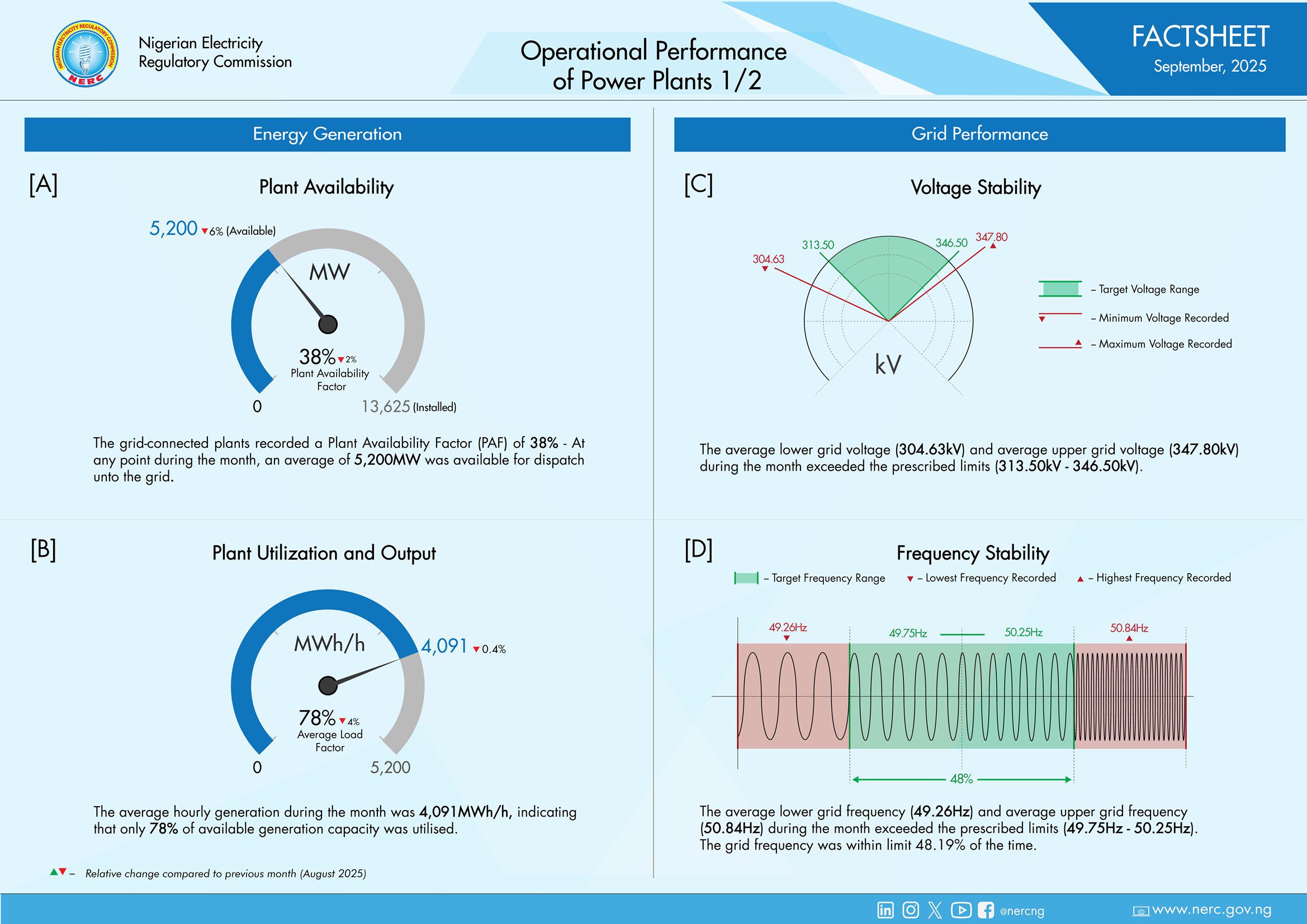
The Zungeru Hydropower Plant, one of the latest additions to Nigeria’s energy portfolio, continues to demonstrate its value. Since commissioning, it has provided a reliable hydropower source that helps mitigate the frequent gas supply interruptions affecting thermal power stations.
Egbin Power Station, the country’s largest thermal facility, sustained a steady output despite ongoing challenges such as gas shortages and aging equipment. Alongside the hydropower contributions from Kainji and Jebba, these plants collectively offered crucial support to the national grid throughout September.
These four facilities bore the brunt of power generation, underscoring Nigeria’s heavy reliance on a limited number of dependable plants to keep the lights on.
Meanwhile, the 38% availability factor paints a concerning picture. Although Nigeria boasts an installed capacity of 13,625 MW, much of this remains untapped due to factors including inconsistent gas supply, inadequate maintenance, equipment breakdowns, and transmission bottlenecks.
Despite government commitments and ongoing sector reforms, the country’s power output remains insufficient to meet the needs of its population exceeding 200 million. An average generation of 5,200 MW barely suffices to power a few major urban centers, let alone fuel industrial expansion.
Energy experts estimate that Nigeria requires a minimum of 20,000 MW of reliable power to sustain meaningful economic growth. Yet, the sector continues to be hampered by chronic underinvestment and systemic inefficiencies.
High Load Factor Amid Persistent Power Shortages
The 78% load factor stands out as a positive aspect of the report, indicating that when power is available, the Transmission Company of Nigeria (TCN) and distribution companies (DisCos) are proficient in dispatching and utilizing it effectively.
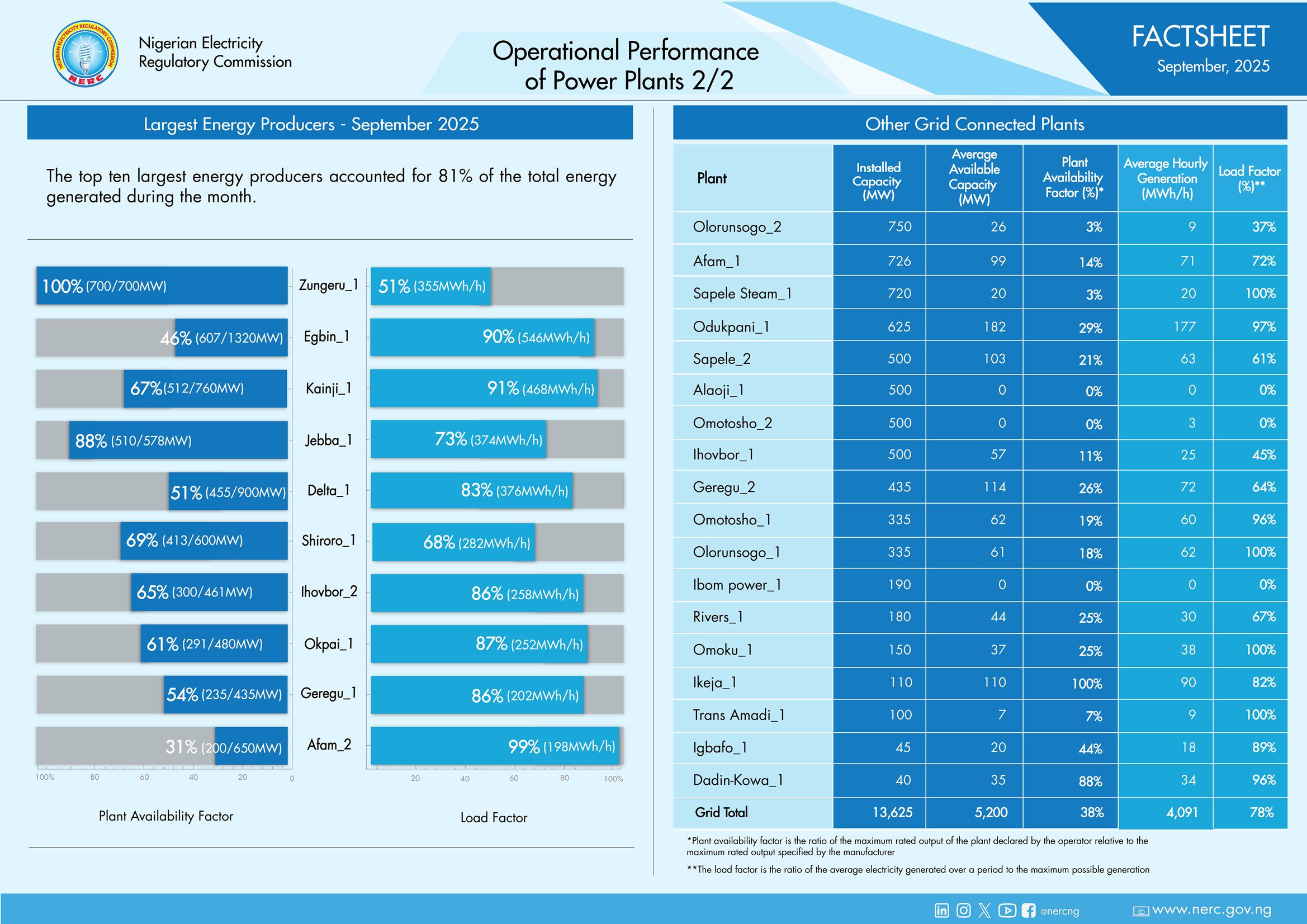
In essence, the grid maximizes the limited power it has, but the supply remains insufficient to meet widespread demand. Consequently, many consumers still endure frequent blackouts, load-shedding, and voltage instability. Businesses often resort to diesel generators or solar power solutions, which escalate operational expenses amid an already challenging economic environment.
This scenario of “efficiency under scarcity” reveals that Nigeria’s power system is functioning close to its maximum capacity-not due to wastefulness, but because of severe resource constraints.
With the release of the September data, calls for comprehensive reforms in the power sector have intensified. Stakeholders are urging immediate measures to enhance gas supply reliability, improve plant maintenance protocols, and address financial liquidity issues within the sector.
There is also increasing advocacy for diversifying Nigeria’s energy mix. Hydropower plants like Zungeru, Kainji, and Jebba have demonstrated greater resilience and cost-effectiveness. Experts recommend expanding investments in renewable energy sources, mini-grids, and embedded generation systems, which could alleviate pressure on the national grid and accelerate rural electrification efforts.
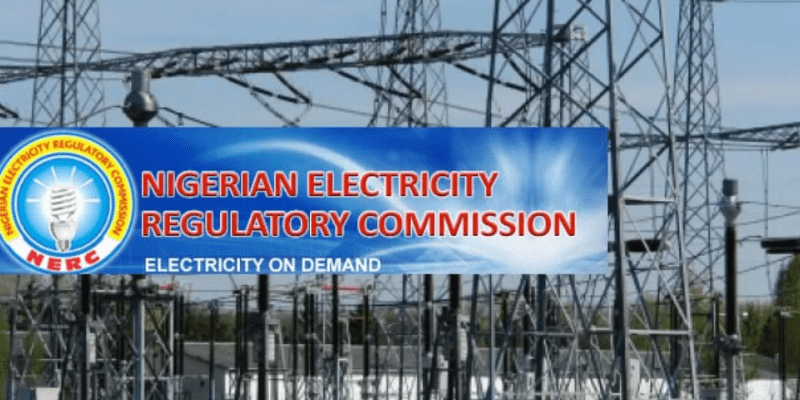
The September 2025 factsheet offers a revealing yet frustrating snapshot: Nigeria possesses sufficient installed capacity to achieve energy adequacy, but systemic shortcomings continue to hinder performance.
Nonetheless, the reliable output from plants like Zungeru and Egbin provides a hopeful indication that with proper investment, management, and upkeep, Nigeria’s power infrastructure can deliver consistent electricity supply.
For now, the narrative of Nigeria’s electricity grid remains one of contrasts-between potential and stagnation, efficiency amid scarcity, and an energy sector striving to close the gap between darkness and development.


















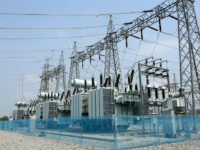
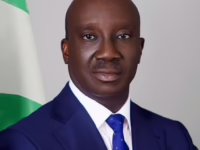
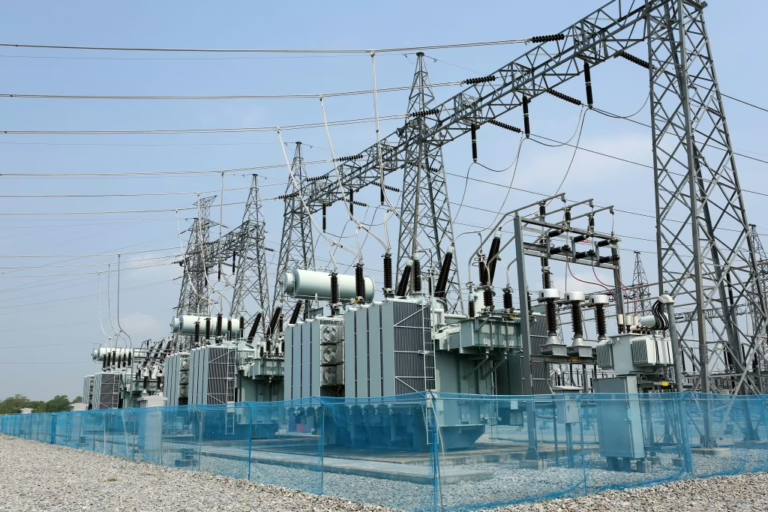
0 Comments